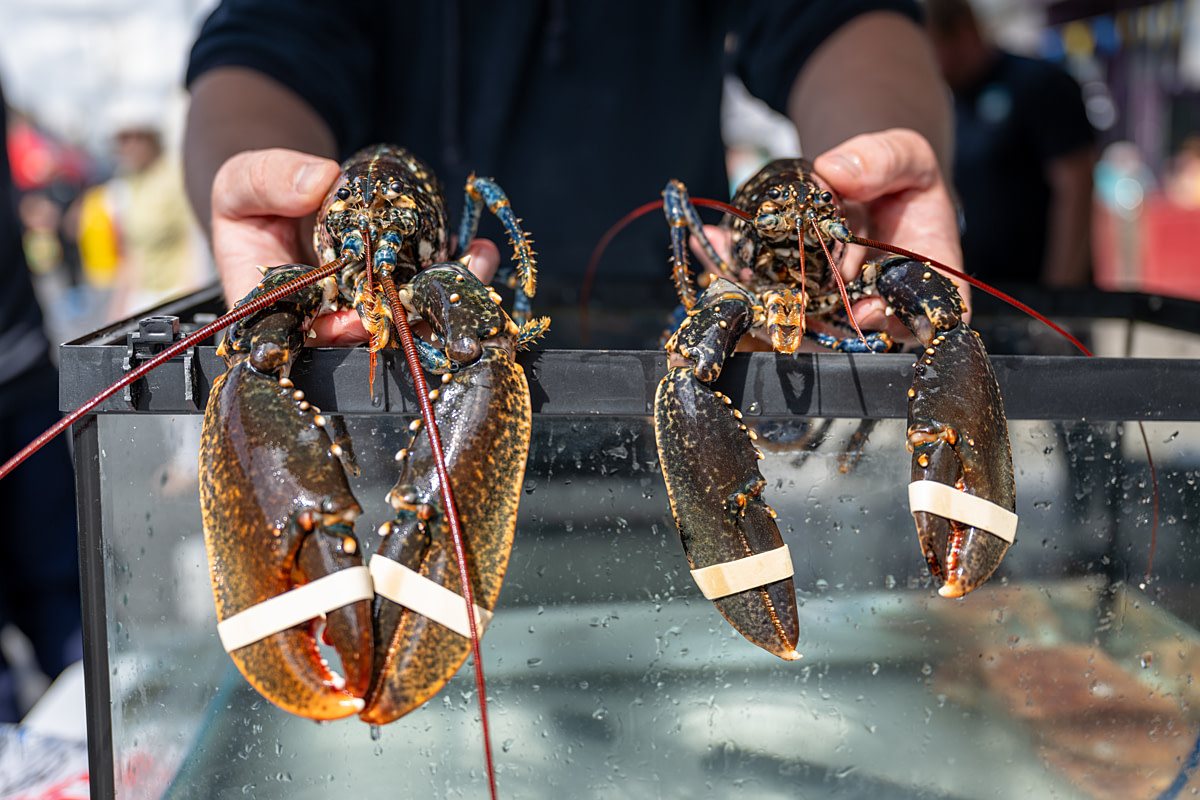Amy Jones / Viva! / We Animals
Bridlington Bay, on England’s East Yorkshire coast, calls itself the lobster capital of Europe. It earns that title.
Every year, more than 300 tonnes of lobster are pulled from the North Sea and packed into crates here. Most are shipped overseas—to Europe and China. This isn’t a sleepy seaside town. It’s an industrial export machine. Lobsters. Velvet crabs. Brown crabs. Whelks. If they can be sold, they move through Bridlington.
Live European lobsters lie piled in a crate at a commercial fishing dock as they wait to be transferred into holding tanks. Bridlington Bay Harbour, Bridlington, East Yorkshire, England, UK, 2024.
Patrick Gill / Viva! / We Animals
Recently, in collaboration with Viva!, We Animals photojournalists Amy Jones and Patrick Gill visited this coastal town to document what life—and death—look like for the animals moving through its docks.
“The entire storage process was shockingly cruel. These live animals who are very territorial are piled on top of one another. I can’t bear to imagine what it’s like for those trapped at the bottom or the middle of the tanks where they can barely move.” — Amy Jones, Animal Photojournalist
It starts at sea. Lobsters are pulled into traps baited with mackerel. Crabs are lured in with salmon heads. Once they’re caught, lobsters have their claws bound. Brown crabs have the tendons in their pincers cut, paralyzing them.
When the boats return, injured or disfigured animals are thrown aside and left to die, scavenged by gulls.
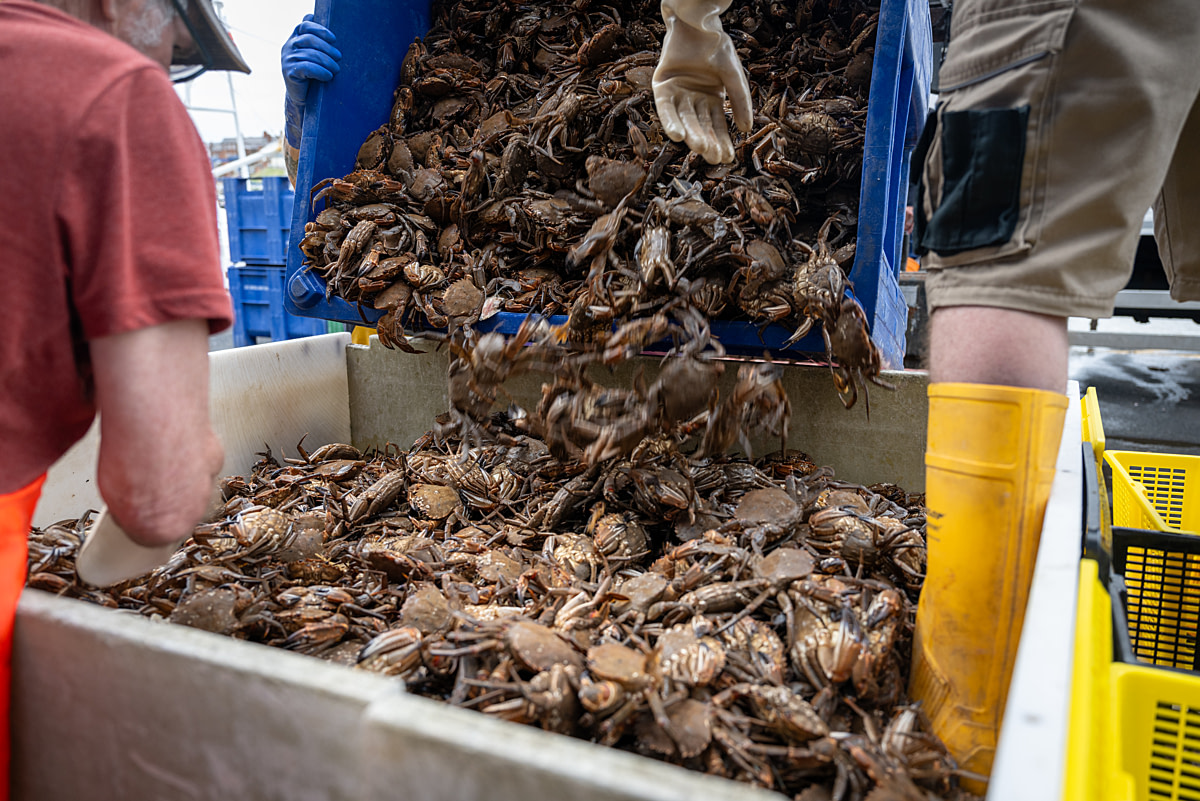
Amy Jones / Viva! / We Animals
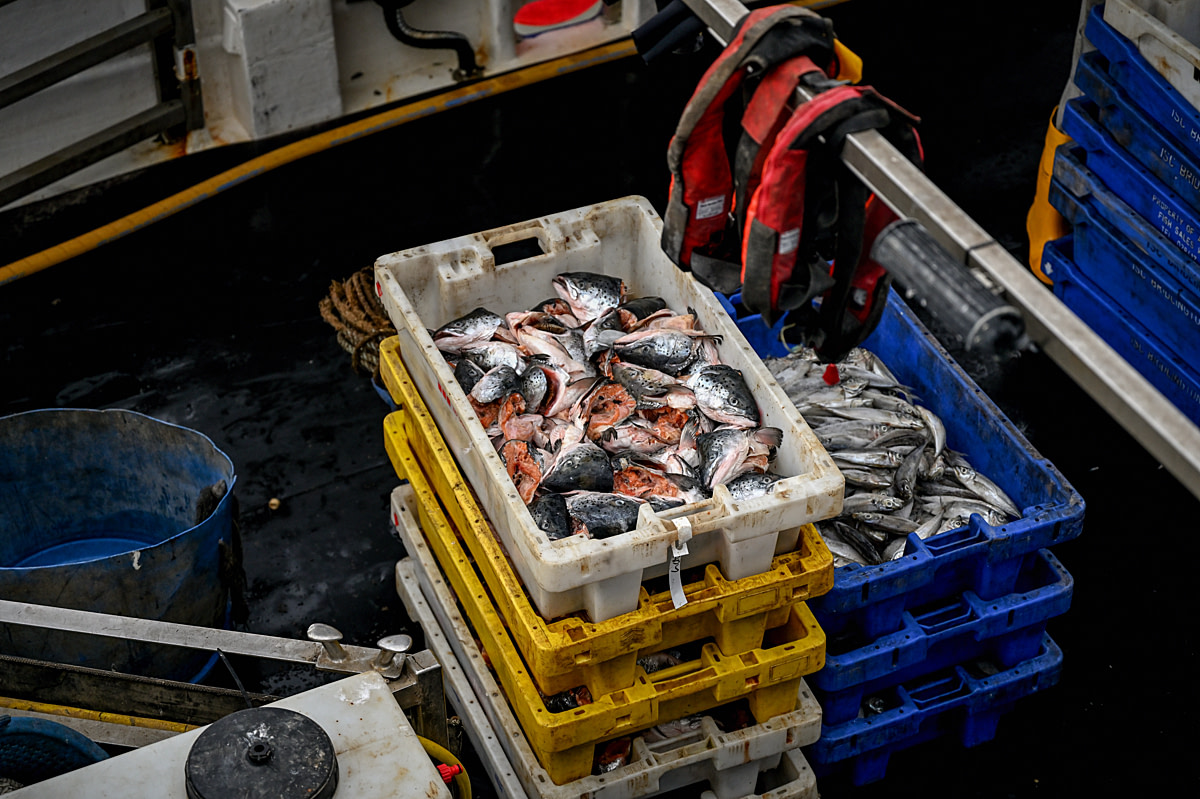
Farmed salmon heads and whole mackerel lie piled in crates on a fishing boat at commercial harbour. They will be used for lobster and crab bait. Bridlington Bay Harbour, Bridlington, East Yorkshire, England, UK, 2024.
Patrick Gill / Viva! / We Animals

Live European lobsters just caught from the North Sea are roughly thrown into storage containers as workers at a fishing port sort them by size. Bridlington Bay Harbour, Bridlington, East Yorkshire, England, UK, 2024.
Amy Jones / Viva! / We Animals
The survivors are packed into crowded water tanks and held for up to 24 hours before export. They’re shipped alive, wrapped in damp towels or packed on ice. The practice is meant to keep them fresh—alive just long enough to be killed on arrival. Lobster flesh harbours naturally occurring bacteria that can become harmful once the animal dies, so death is delayed until the last possible moment.
Crabs face a similar fate. Some are sold live. Others are boiled whole, then frozen or processed. Their journey is long. The regulations are almost non-existent.
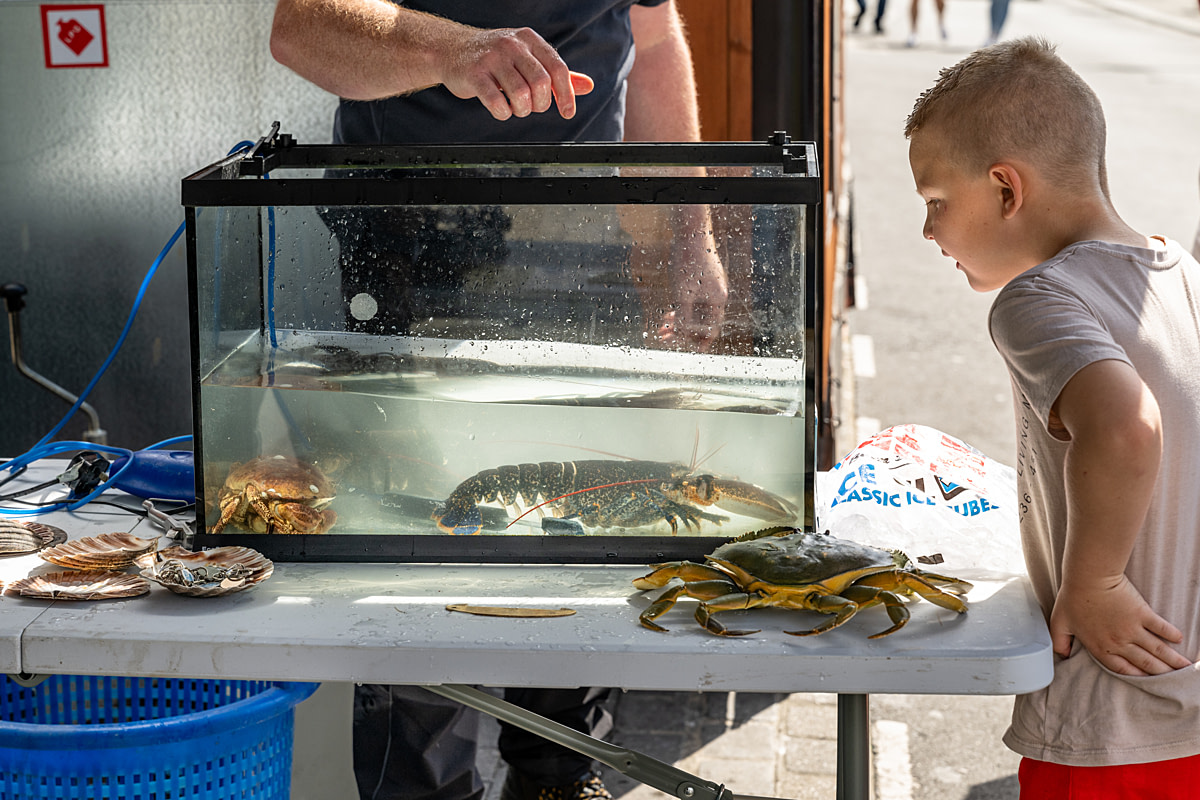
A child looks into a tank holding two live lobsters and one live brown crab during a seafood festival. The lobster was caught from the North Sea that morning and is being used as part of an education stall during the festival. Bridlington Seafood Festival, Bridlington, East Yorkshire, England, UK, 2024.
Amy Jones / Viva! / We Animals
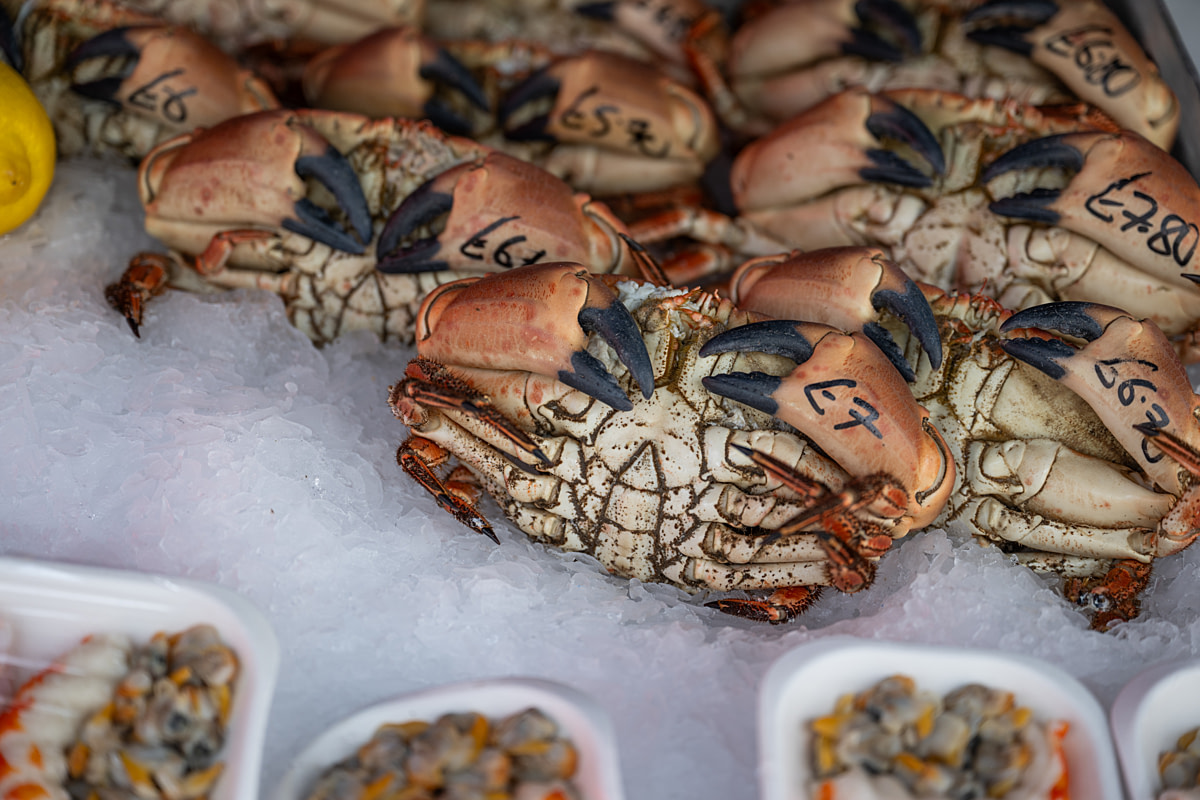
Brown crabs are displayed for sale on ice at a seafood festival. Bridlington Seafood Festival, Bridlington, East Yorkshire, England, UK, 2024.
Amy Jones / Viva! / We Animals
A detail of a live European lobster with a broken antenna struggling on the ground outside a storage building at a commercial fishing port. Bridlington Bay Harbour, Bridlington, East Yorkshire, England, UK, 2024.
Patrick Gill / Viva! / We Animals
Lobsters have central nervous systems. They can learn. They remember. They navigate mazes and recognize patterns. Some are shy. Some are bold. They feel fear. They feel pain. Science knows this. We all do, if we’re willing to look.
They are also remarkably sensitive: with hundreds of thousands of fine hairs poking through their shells, they can detect minute changes in water temperature—just a single degree. This sensitivity is part of why they migrate up to 160 kilometers a year to find safer places for their young. Lobsters tend to be right- or left-clawed, like we are right- or left-handed. In the wild, they can live to be 50 or even over 100 years old.
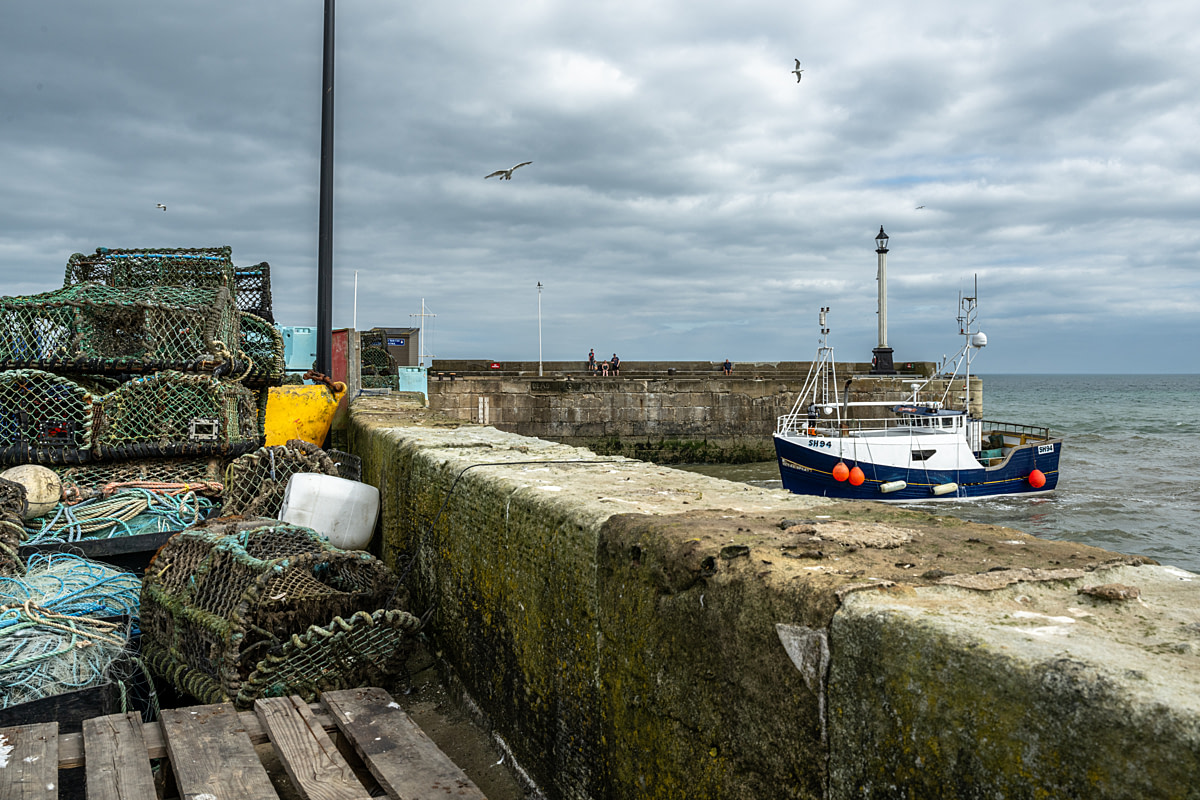
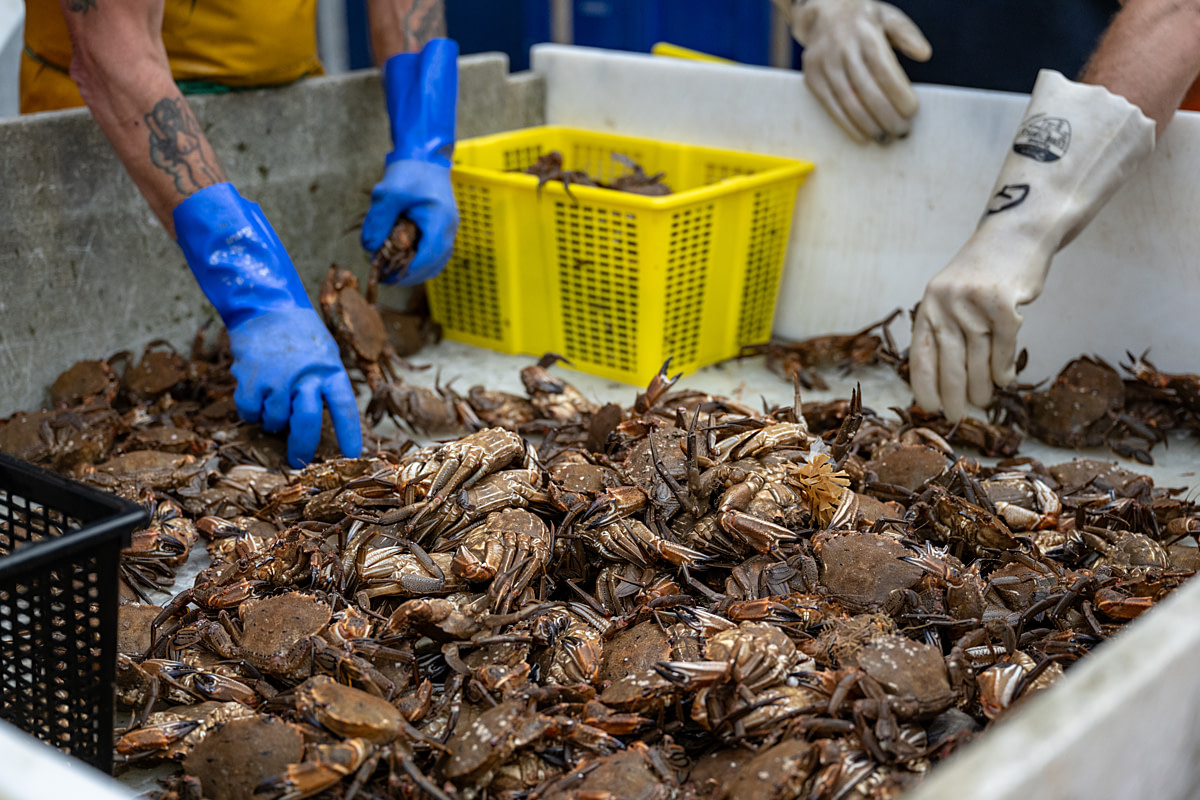
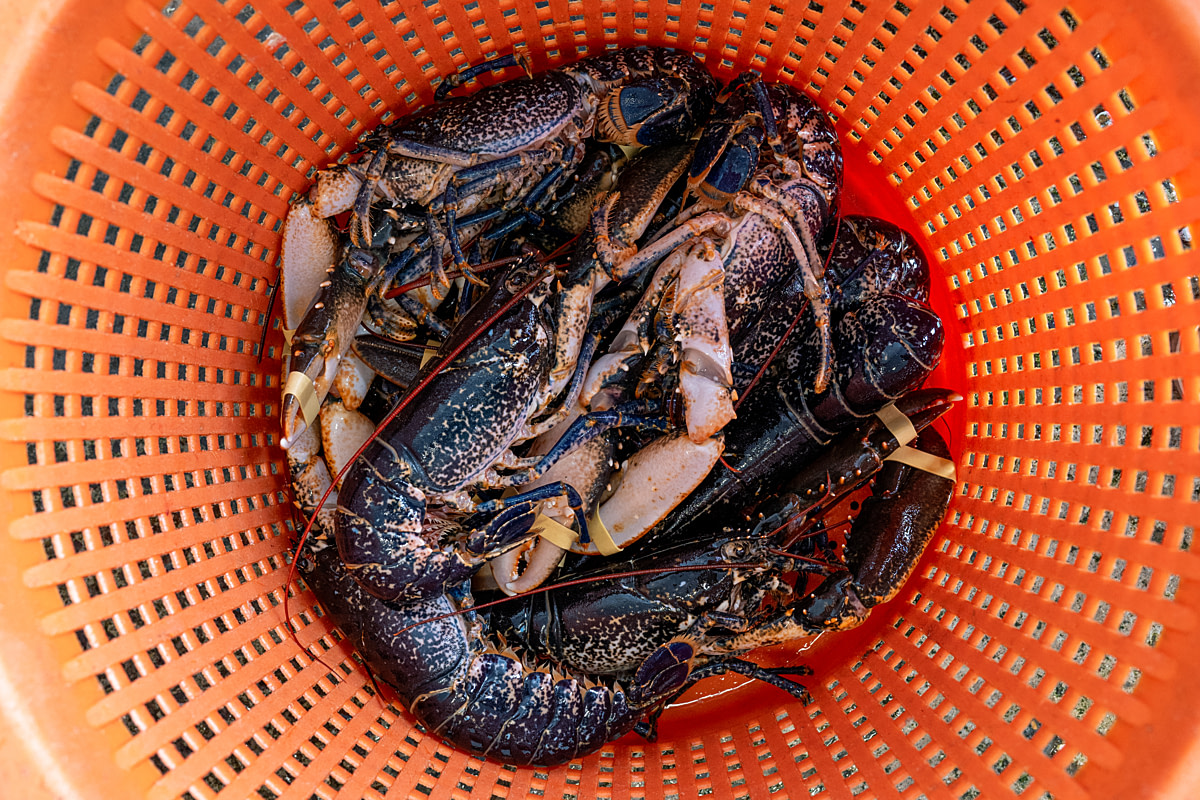
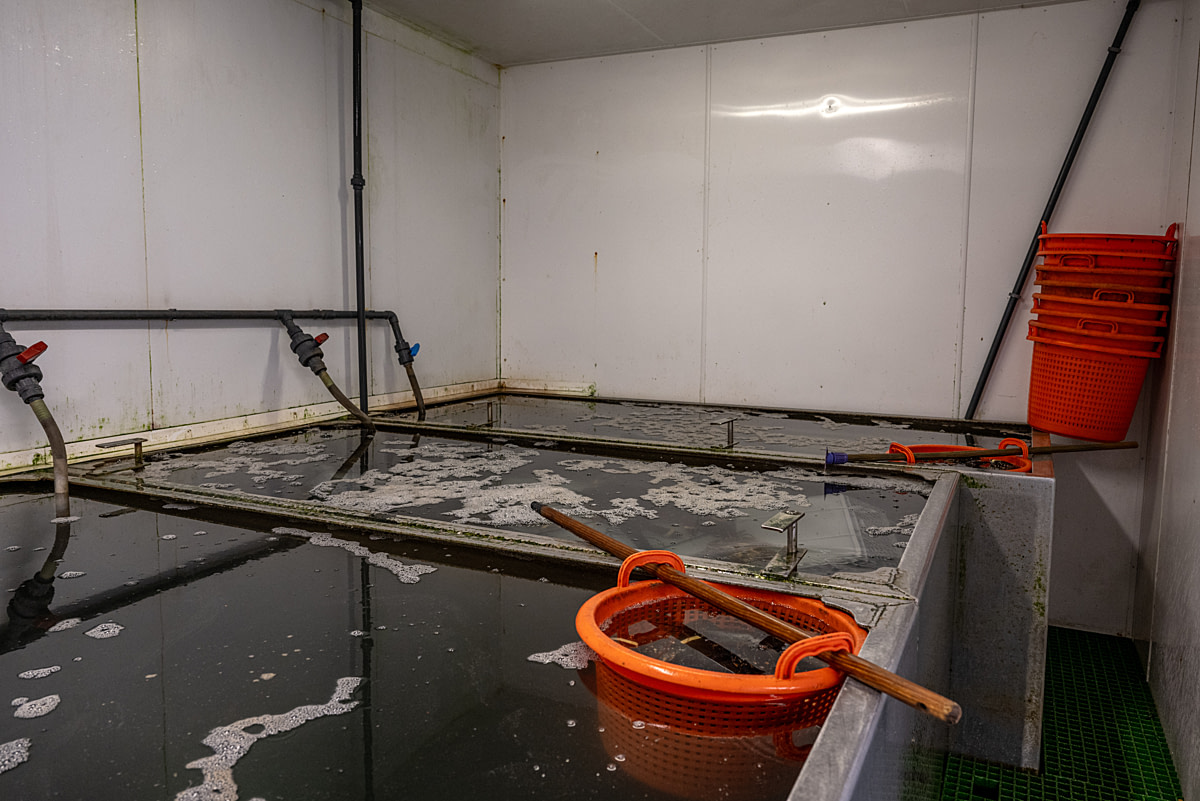



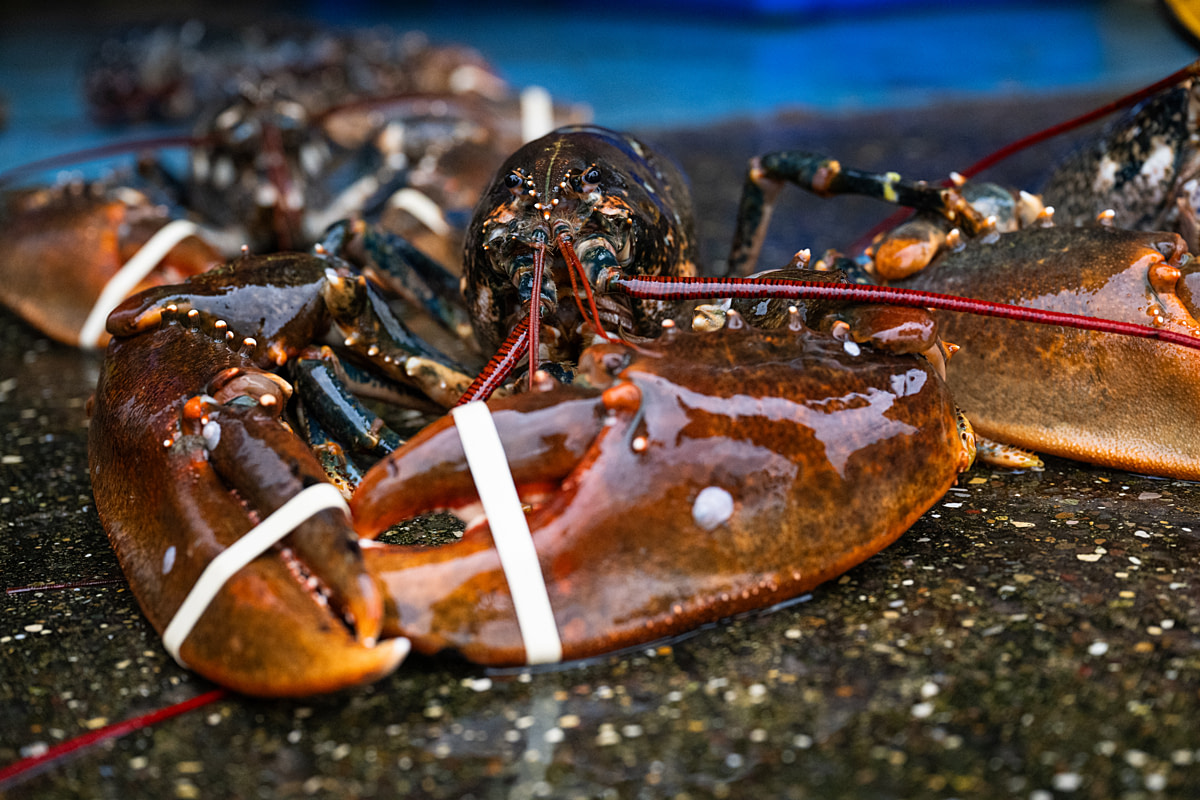
In 2022, the UK updated its Animal Welfare (Sentience) Act to formally recognize lobsters, crabs, and octopuses as sentient. Research now acknowledges that they have inner lives. Yet, the barbaric practices surrounding them—live export, tendon severing, and live boiling—remain unchanged.
With World Oceans Day and Crustacean Compassion Day upon us, it’s worth asking: why are some animals seen, and others overlooked? Why do sentience and suffering count for so little once an animal is labelled “seafood”?
Lobster season is underway, and the suffering of these overlooked animals is only ramping up. It’s time we brought the plight of lobsters out of the shadows. See the full investigation, produced in collaboration with Viva!.
Visit our stock platform to view and download more visuals from our Aquatic Life gallery.

